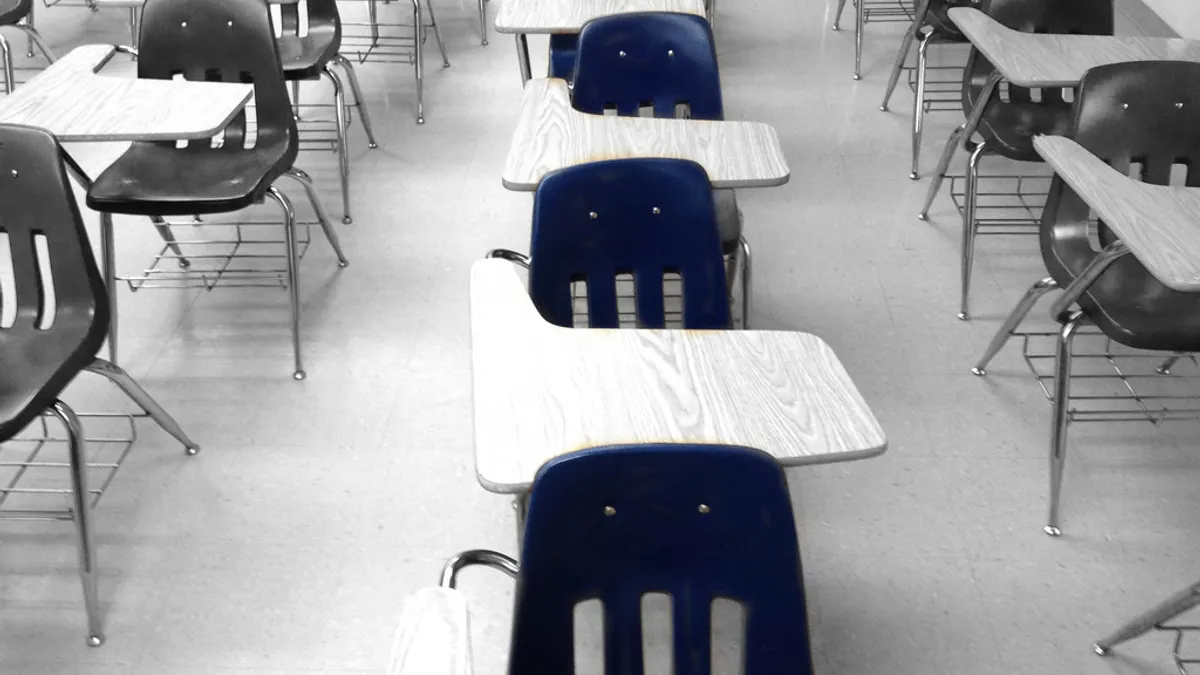Dive Brief:
- A recent analysis by the Research Alliance for New York City Schools finds 13% of the roughly 200,000 students with special needs in the system missed at least 20% of school days during the 2015-16 school year, the most recent for which data is available, and that 38% of students labeled with emotional disturbances had chronic absences, according to an article published by The City.
-
Dawn Yuster, director of Advocates for Children’s School Justice Project, feels many of these students are lacking needed social and emotional supports from the NYC Department of Education and becoming “totally disenchanted with school,” noting the district has about 5,500 more school safety agents than psychologists, guidance counselors and social workers. The department plans to add 85 more licensed clinical social workers this year to improve mental health resources for students.
- Another factor may be the degree to which students are integrated in general education classrooms, as a 2017 study from NYU Steinhardt's Research Alliance for New York City Schools indicated students who spend more time in gen ed classrooms have better attendance rates than peers who remain in special ed classrooms. The authors feel students in gen ed classrooms feel a “stronger sense of inclusion and belonging.”
Dive Insight:
New York City is not the only school system struggling with higher absenteeism rates for students with special needs. National data compiled in the 2013-14 school year shows elementary school students with disabilities were 1.5 times as likely to become chronically absent than students without disabilities. At the high school level, students with disabilities were 1.4 times as likely to be chronically absent.
A special report released by the National Center on Educational Outcomes discusses how this factor can especially affect states that have chosen attendance rates as a measure of school quality. Schools also need to be aware of their obligations to address truancy among special needs students and the best ways to handle these issues.
Most schools face unique challenges when it comes to meeting the needs of special education students. Funding for these students has not always kept pace with the rising cost of services and resources needed. The shortage of special education teachers has many districts scrambling to fill necessary roles.
Some are looking at creative options such as grow-your-own programs, but these take time to fully implement. As a result, most states are failing to comply with federal mandates regarding special education.
Finding principals who truly understand the complexities of special education and the ways to best meet the needs of students offers the best shot at encouraging these students to remain engaged in school. Encouraging collaboration between special needs and gen ed teachers can improve learning conditions, in addition to training gen ed teachers how to best work with special needs students in integrated classrooms.
Additionally, identifying and embracing opportunities for special needs students to gain work experience can provide further motivation to boost attendance and, ultimately, outcomes.












